Nikkor Z 28-400 Review: Best All-in-One Lens for Hiking & Landscape Photography?
Ever since Nikon released the Nikkor Z 28-400 mm super zoom, I wanted to try it and understand its value as a do-it-all, lightweight, walkaround lens for landscape photography, and of course, review it. Especially as someone who hikes a lot, the value proposition of the 28-400mm range, combined with its low weight, is quite enticing.
I also wanted to try something beyond my 200mm max range for landscape. If you’ve been reading my site, you’d know I love telephoto landscapes. The Nikkor Z 70-200 is the lens I usually have the most fun with. However, from time to time, I felt the need to have more reach, and this lens would scratch that itch.
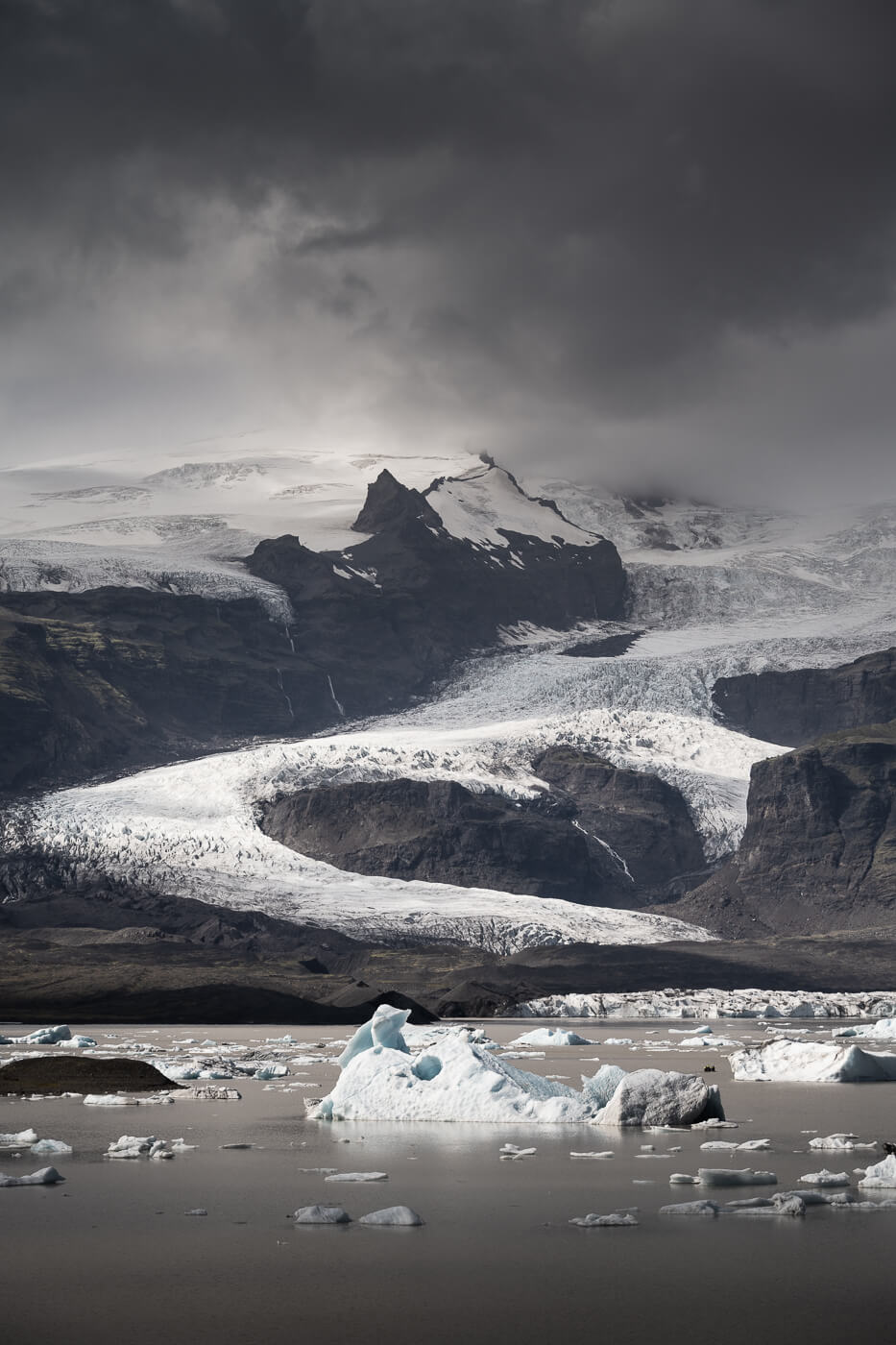
Fjallasarlon, 1/400 sec., 105mm, ISO 64, f/8.0.
So with that in mind, I reached out to Nikon Switzerland to see if they had a “loaner” I could use. They did have one, which they kindly sent me. I then brought the lens with me for a ten-day trip to Iceland, to see how it would perform.
The questions I had in mind were how useful the zoom was, especially in the 200-400mm range, and how it would be to hike around with. More generally, what were its pros and cons, and if this was a lens I would see myself owning?
To put it shortly, it’s a super fun lens to use. It ended up being the lens I used the most on that trip, the one that was on my camera by default. Now let’s get into the details.

Puffin at Látrabjarg. 1/160 sec., 360mm, ISO 320, f/8.0.
Table of Contents
Nikkor Z 28-400mm Specifications
I’ll be short here. This is not a technical review, but for completeness and to put everything in context, I’ll add the basic specifications of the lens:
- Dimensions: approx. Ø85 × 142 mm (diameter × length). (~3.35 × 5.6 in)
- Weight: ~725 g (≈1.60 lb)
- Focal length: 28–400 mm
- Maximum aperture (variable): f/4 (at 28 mm) to f/8 (at 400 mm). Minimum aperture f/8 above 200mm.
- Filter thread: 77 mm
The pros and cons are already quite noticeable by this set of specifications. Lightweight for its focal range, takes 7mm filters, and, on the downside, the variable aperture with a minimum of f/8 above 200mm.
First Impressions
When I received the box, it felt so light that I wasn’t sure there really was a lens in it. Sure enough, there was. I knew the lens was light, but still, that felt lighter than expected.
For such a zoom, it indeed is amazingly light, especially considering the range it offers; for just about 725 g/1.60 lb, you have an amazing 28-400mm range. For comparison, the 24-70 is approximately 500g / 1.1 lb, and the 70-200 is 1,440 g/3 lb. That combo weighs 1,940g / 4.1lb. Of course, you can’t directly compare the lenses in terms of feature and image quality, but with the 28-400, you almost have the same range for almost 1/3rd of the weight.
The build quality is good, and the lens feels solid. If you are using a shoulder strap clip for the camera, no issues using it with this lens. It’s light and compact for its range, and it was fine for me, even on longer hikes.
Nikkor Z 28-400 Review as a hiker and landscape photographer
On the first day of my trip to Iceland, I had planned on visiting Látrabjarg in the Westfjords. This is both a wildlife and a landscape location. I am not a wildlife photographer, except when the occasion presents itself, at which point I’ll give it a try, assuming my 70-200 f2.8 is in my backpack. Still, even then, 200mm has always been too short, so I wanted to see how this lens performed with wildlife, birds in this case.
It obviously did not make me a wildlife photographer all of a sudden. However, the extra range beyond my usual 200mm was extremely helpful for the Puffins, even at f/8. On the other hand, the lens was also good enough for the landscape in Látrabjarg. I thought 28mm might have been too narrow, but it was enough to cover the landscape part, too. Here are some sample shots.

Látrabjarg Cliffs. 1/250 sec., 28mm, ISO 125, f/4.5.
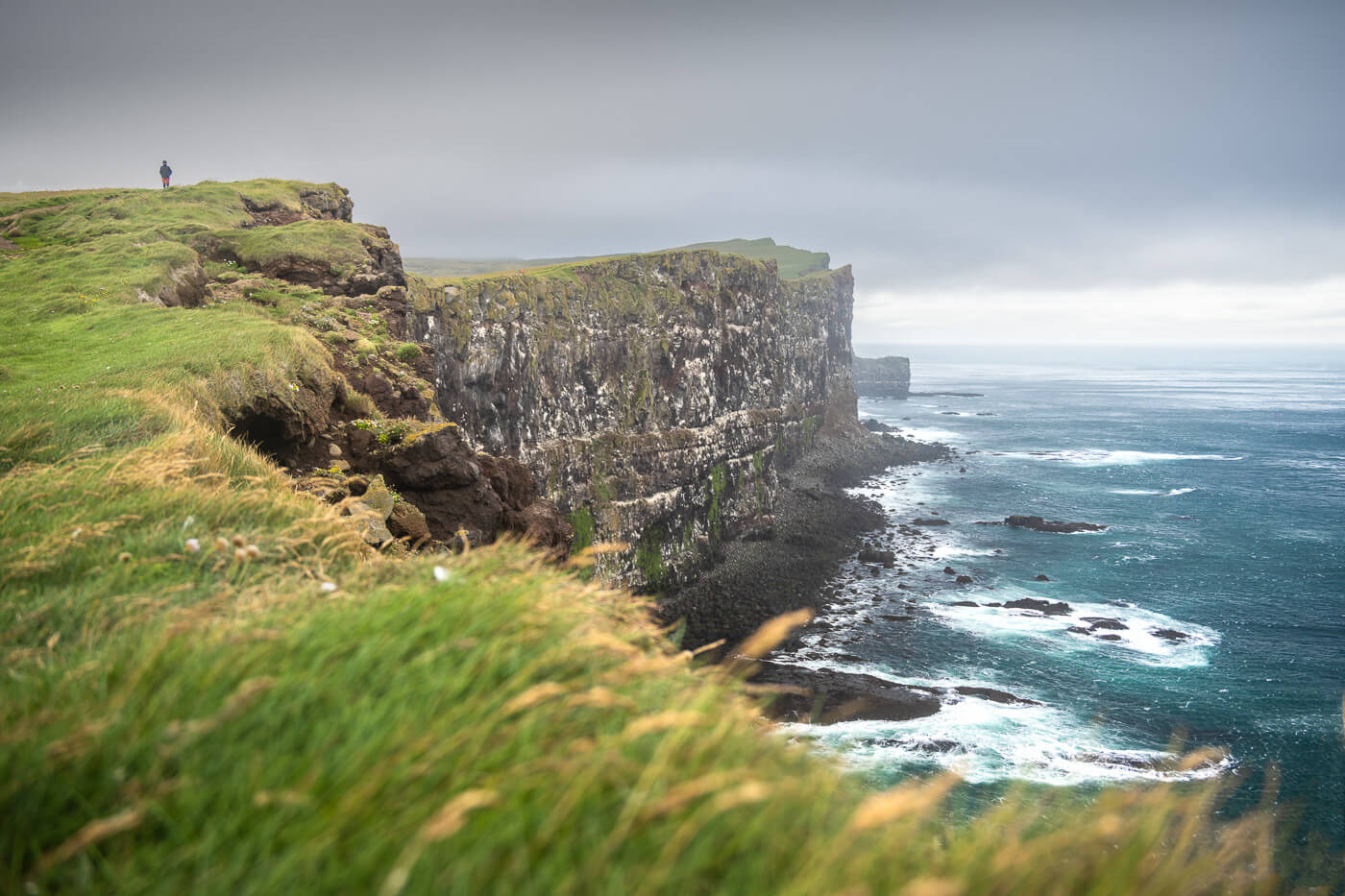
Látrabjarg Cliffs. 1/200 sec., 31mm, ISO 125, f/4.5
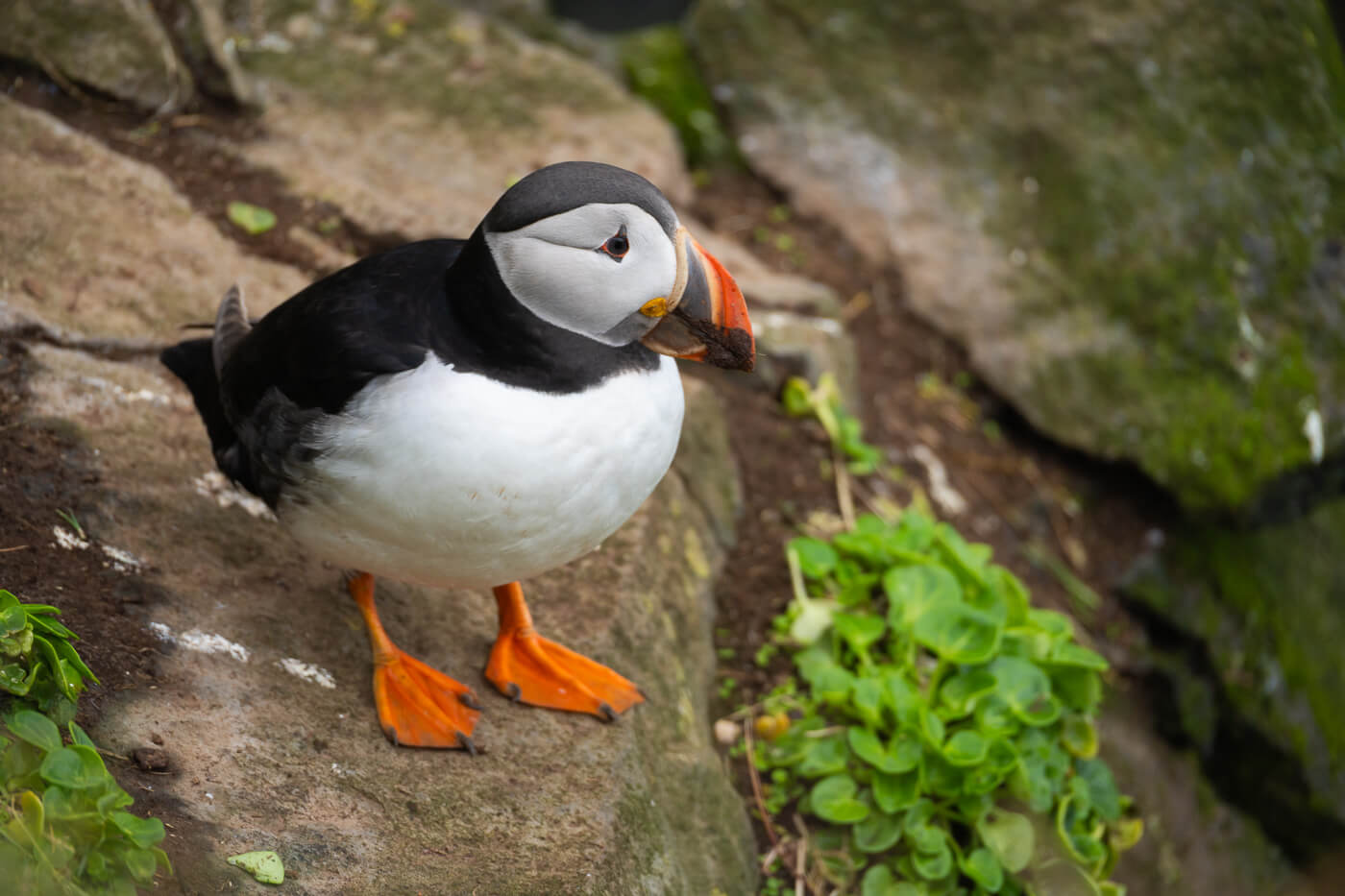
Puffin. 1/160 sec., 400mm, ISO 250, f/8.0.

Puffin. 1/160 sec., 340mm, ISO 320, f/8.0.
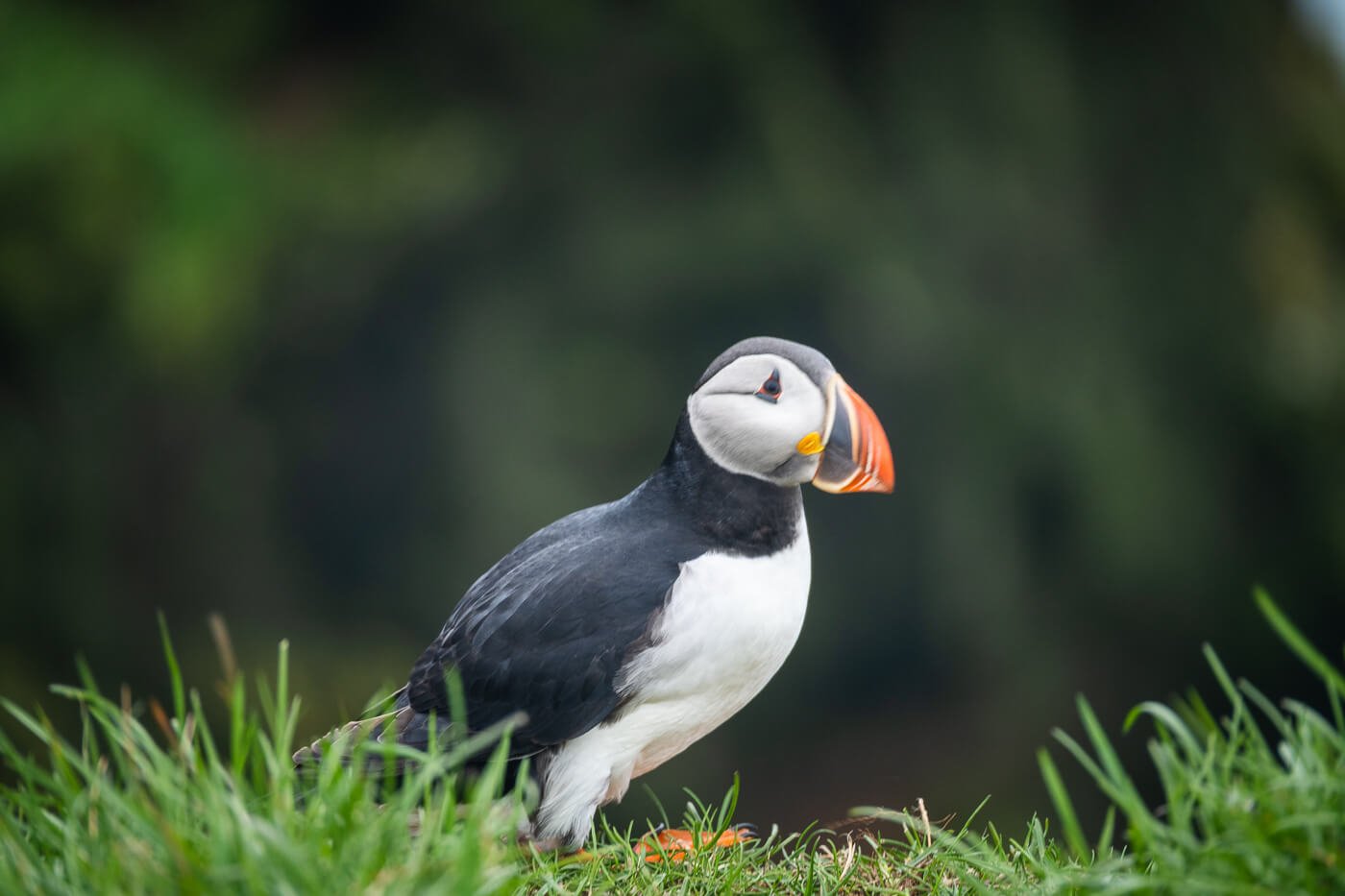
Puffin. 1/160 sec., 400mm, ISO 320, f/8.0.
As far as I was concerned, I was starting to feel the advantages of the lens. I could go from shooting Puffins to landscape in no time, focusing on the shoot I wanted to get instead of having to think which lens to use – and potentially having to change it in the 50/60 km winds at Látrabjarg. So far, so good.
Over the next few days, I kept the lens on by default, travelling through the Westfjords and the highlands of Iceland. Stopping here and there with the car, trying to capture some of the details that the vast landscape of Iceland offers.
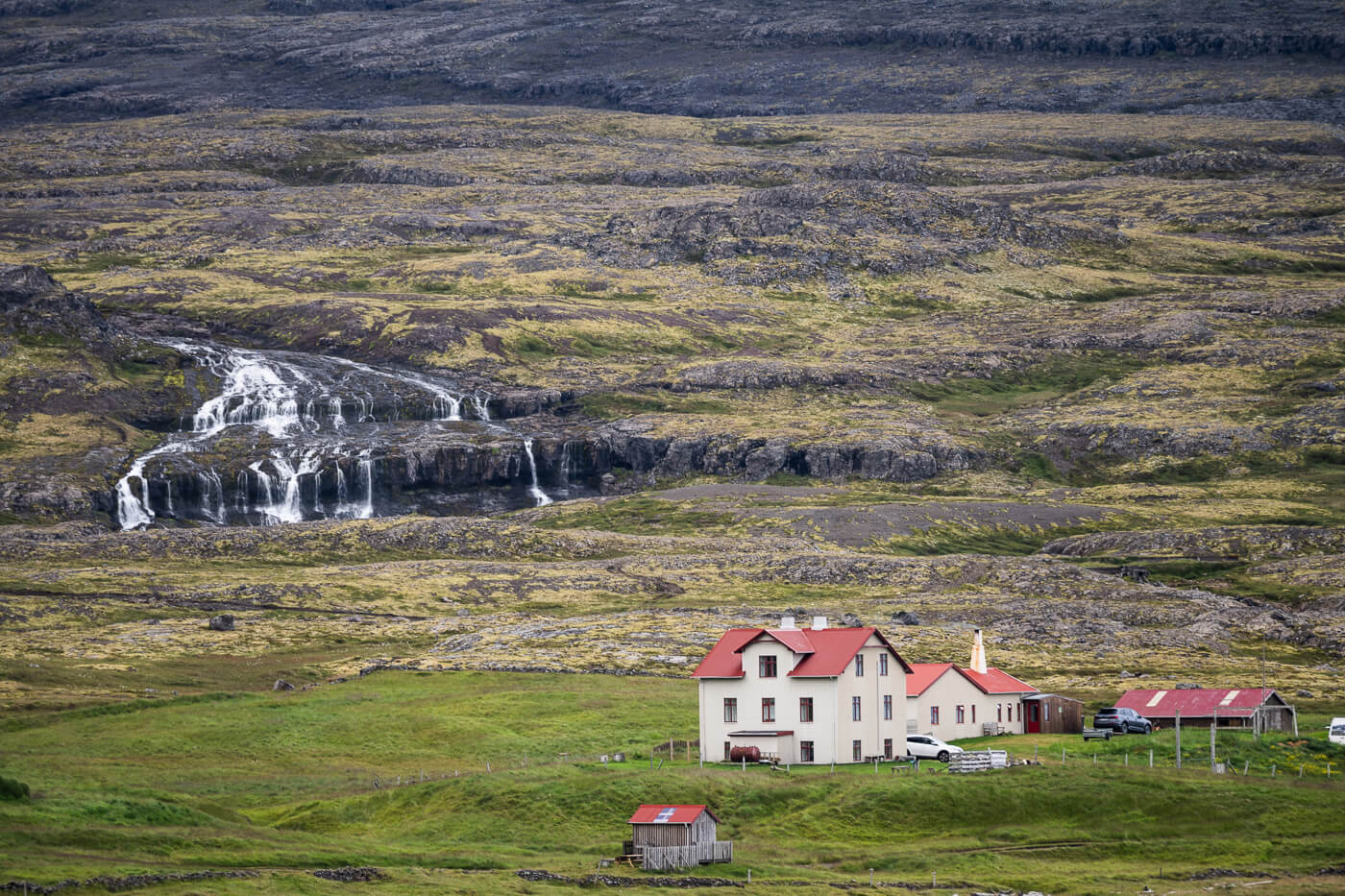
Húsárfoss. 1/30 sec., 350mm, ISO 64, f/8.0.
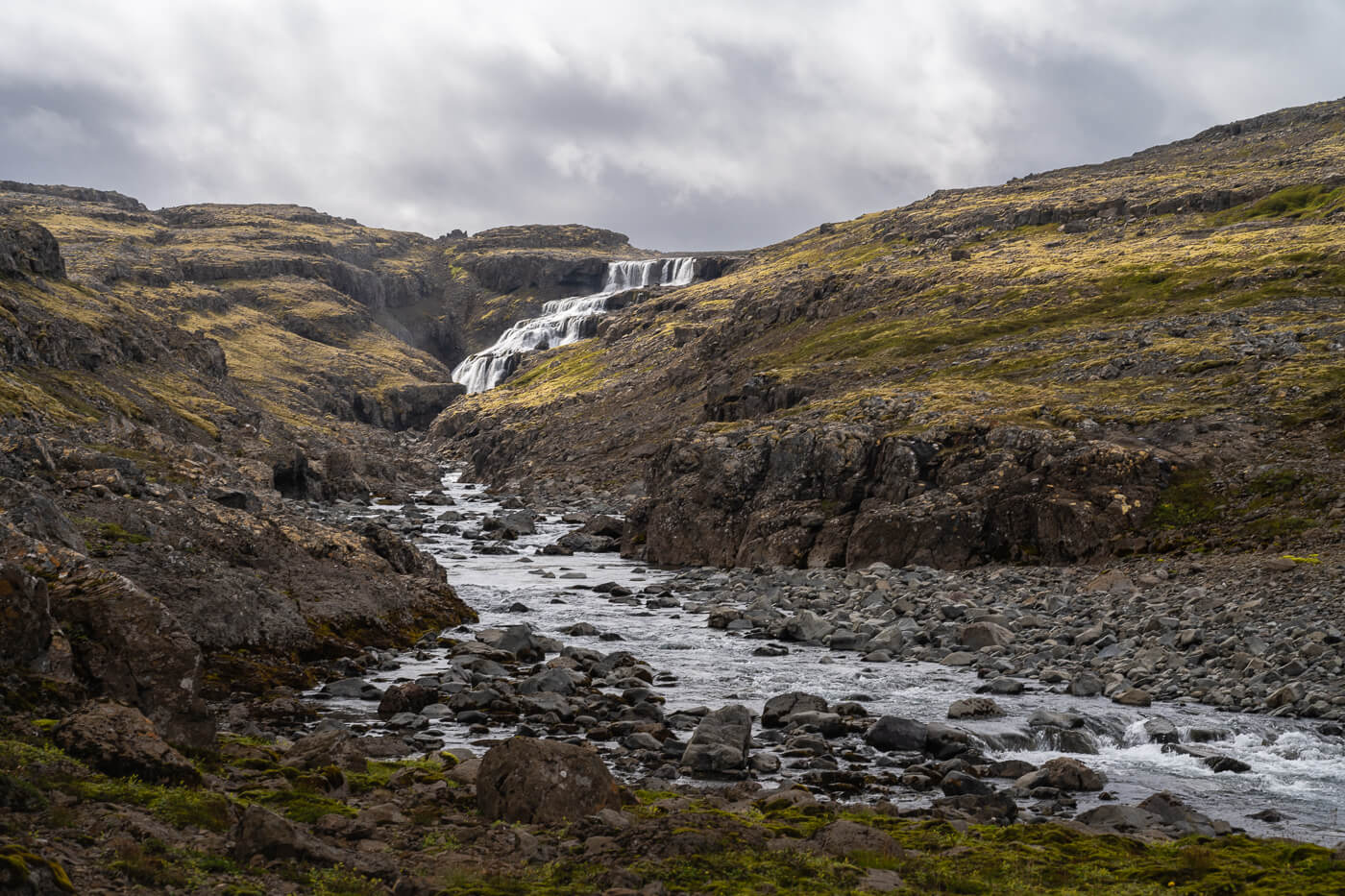
Rjúkandafoss, Westfjords. 1/100 sec., 70mm, ISO 64, f/8.0.
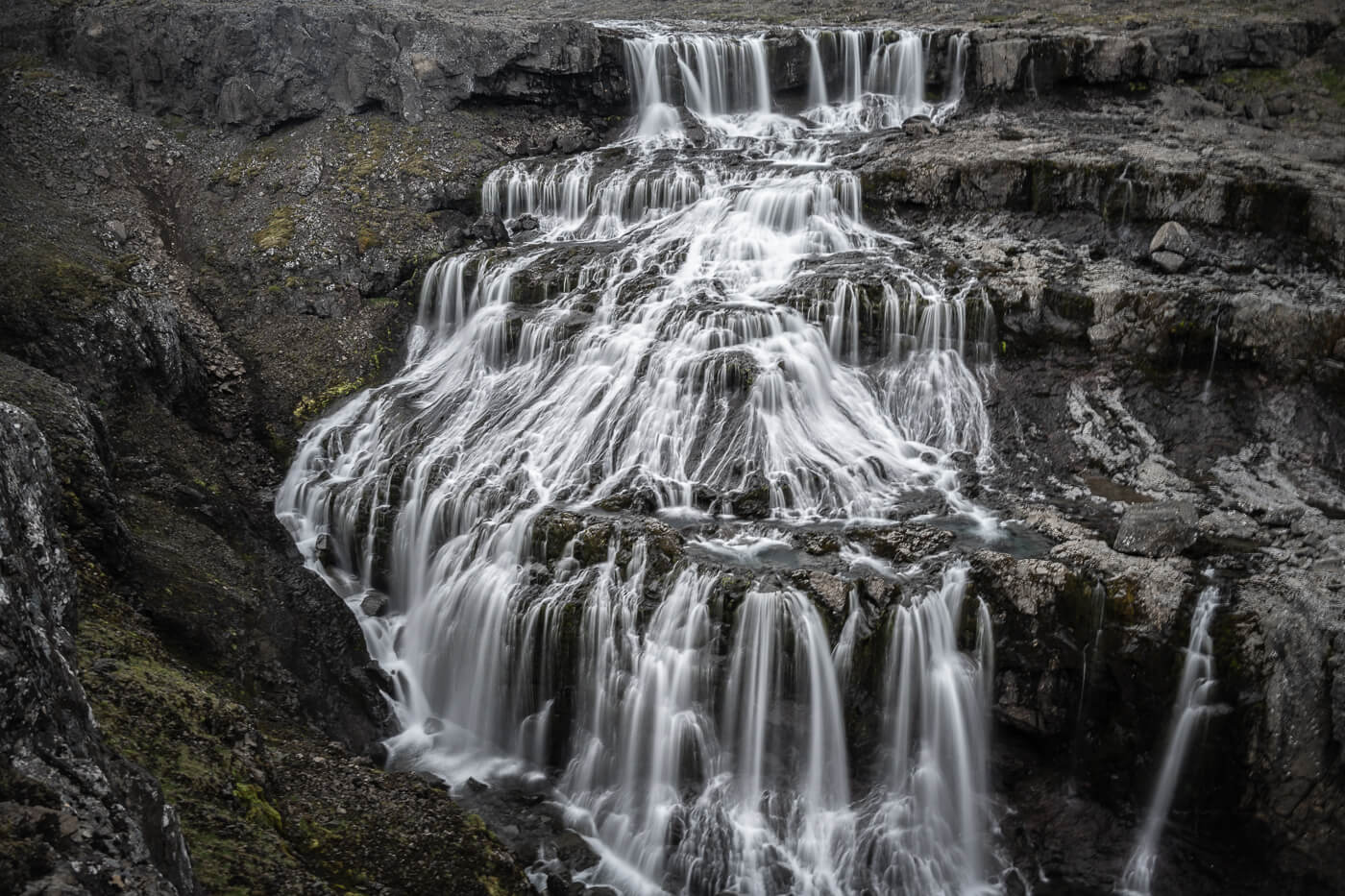
Rjúkandafoss, Westfjords. 1.6 sec., 70mm, ISO 64, f/8.0. Long Exposure taken with a BW 110 ND filter.
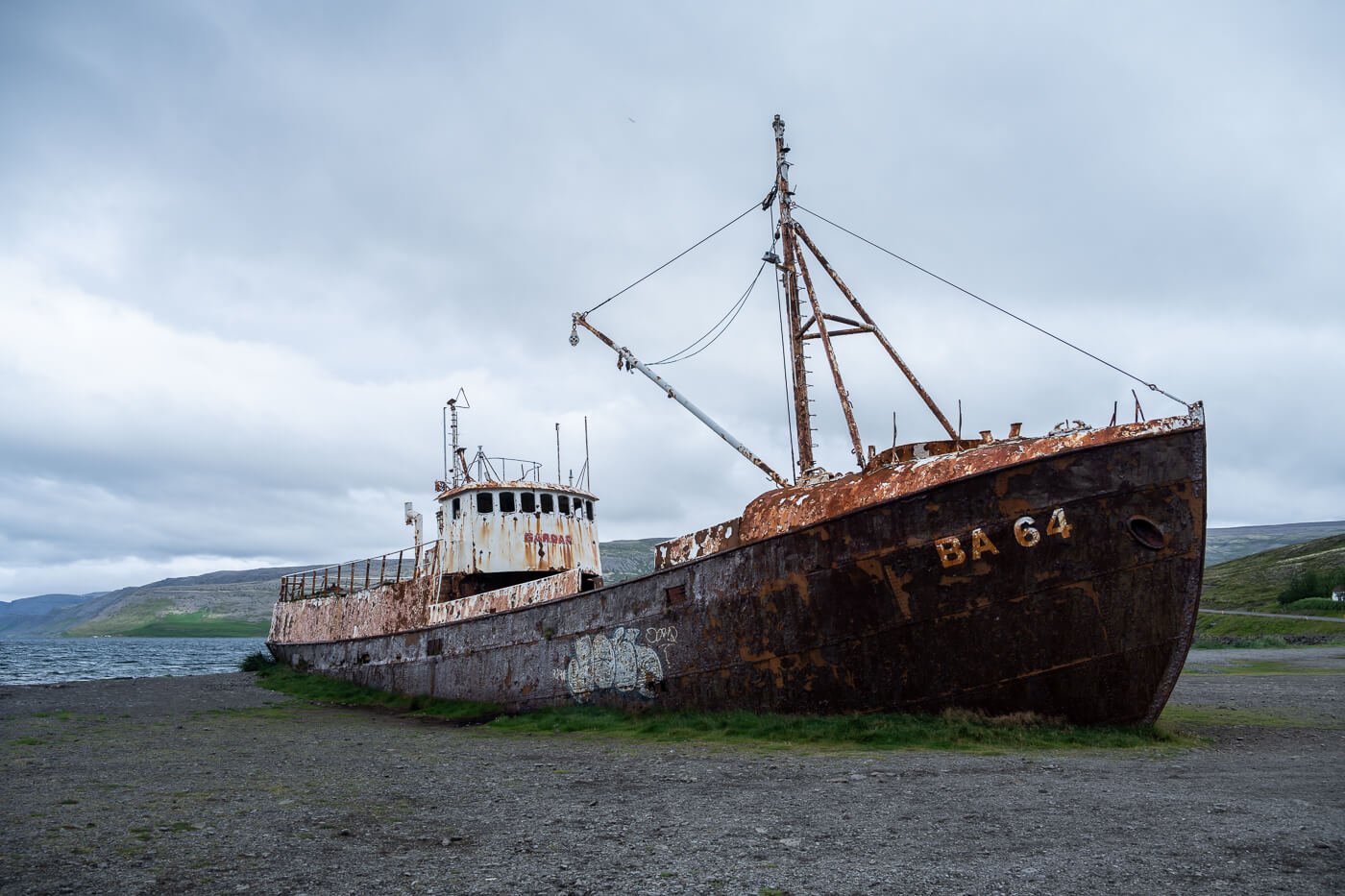
Ship Wreck, Wesfjords. Westfjords. 1/60 sec., 28mm, ISO 64, f/8.0.
One such place was Fjallsárlón. It’s one of the many “Iceberg Lagoons” around the Vatnajokull. I stopped here because photographing the Icebergs and the glacier is always good fun. And a good test for the lens. Having a reach of up to 400mm was the perfect excuse to stop once more and look for compositions of the more distant landscape features.
It was great fun being able to go from this to the next photo in no time.
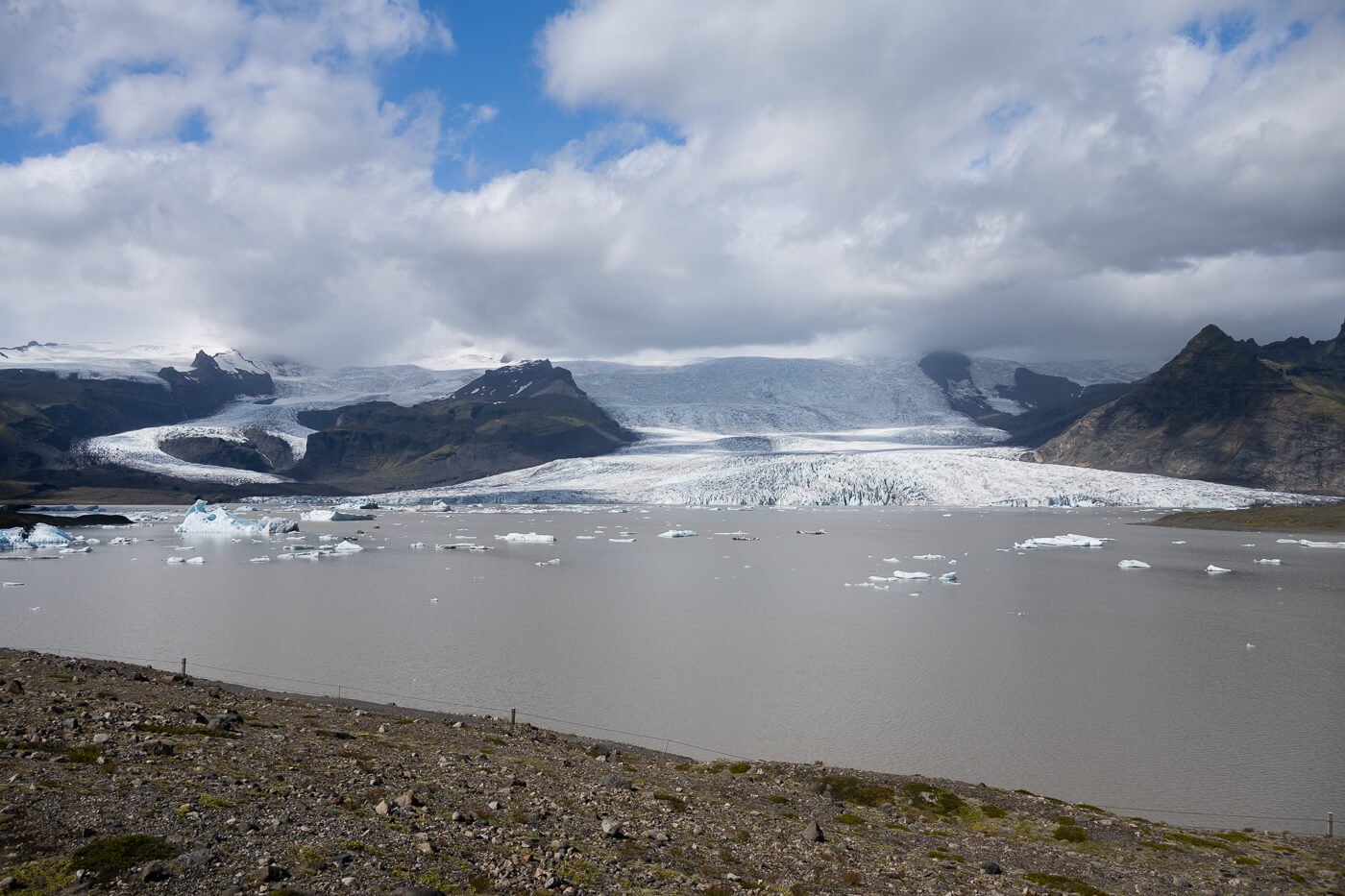
Fjallsárlón. 1/400 sec., 28mm, ISO 64, f/8.0.
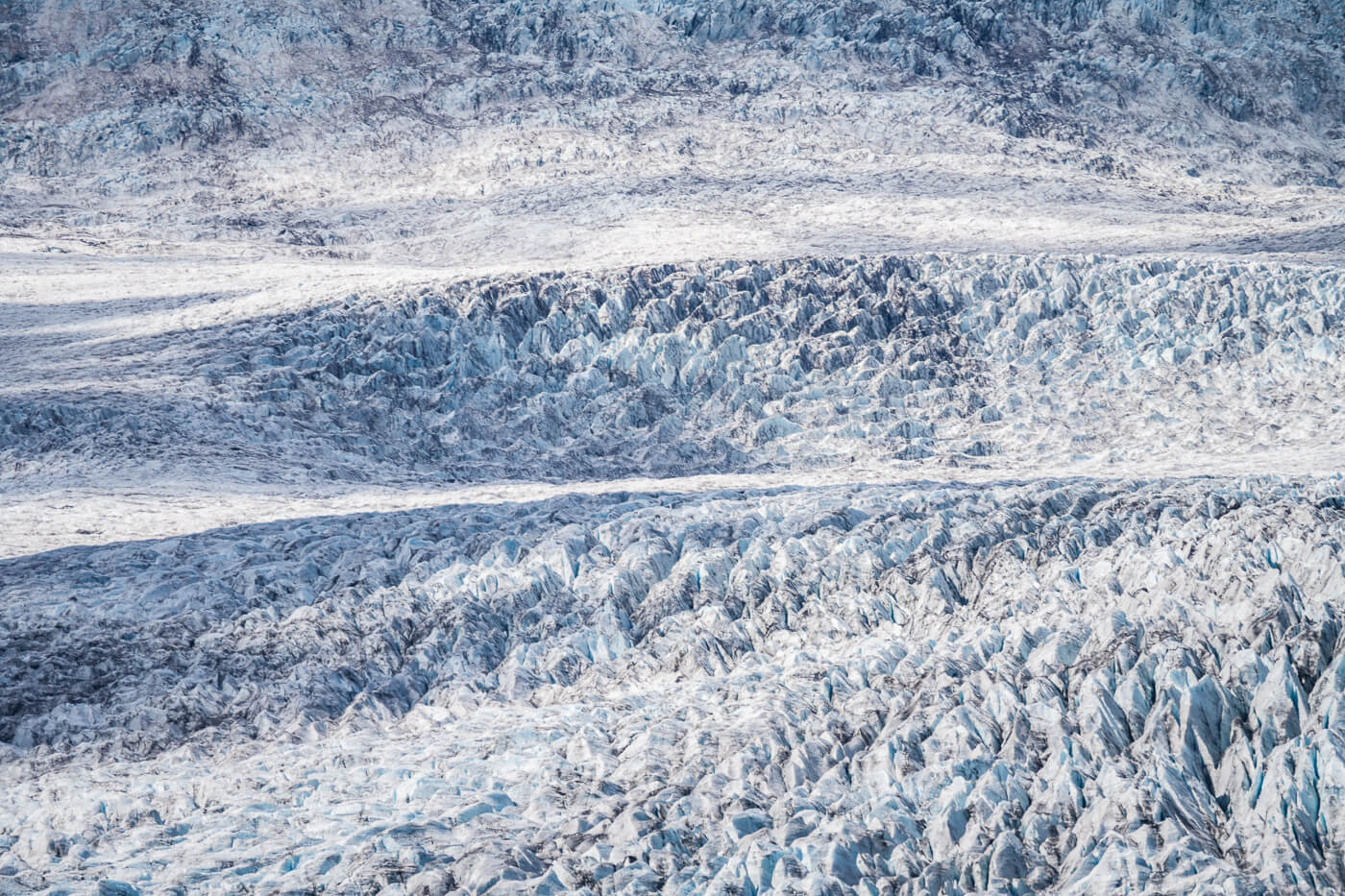
Fjallsárlón. 1/400 sec., 400mm, ISO 64, f/8.0.
Also, with anything else in the middle, and whenever the occasion arises to take photos of whatever scene caught my eye. And it’s usually many, in a place like Iceland, where the light and weather conditions change very fast.

Fjallsárlón. 1/400 sec., 105mm, ISO 64, f/8.0.
By now, I was quite sold on the lens.
I could shoot any of the landscape features I spotted in the distance, or quickly grab the camera and take photos of the amazing, fast-changing light only Iceland can offer. The lens and its exceptional range also allowed me to find new perspectives at locations I had already visited, like Strútsfoss. I visited Strútsfoss twice before, and it was one of those locations where I felt the need to have more reach.
I could finally get a photo of the waterfall I was happy with, from farther away the I had to get to.

Strútsfoss. 1/80 sec., 300mm, ISO 64, f/8.0.
Over the next few days, I kept visiting a mixture of new places and others I had already been to, finding new perspectives and features to photograph that I had previously missed because I did not have such a reach.
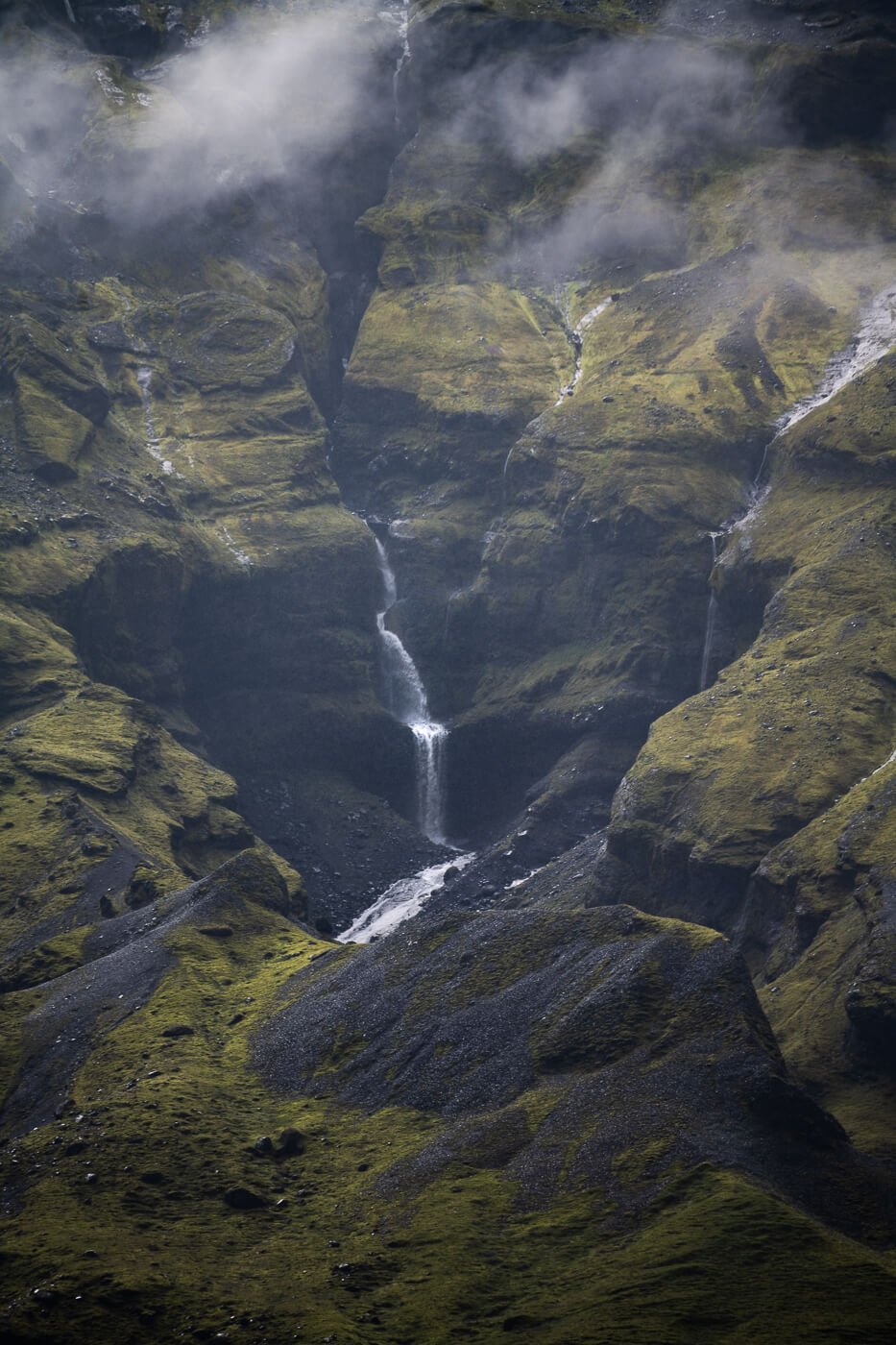
Unnamed Waterfall, near Þórsmörk. 1/125 sec., 400mm, ISO 64, f/8.0.
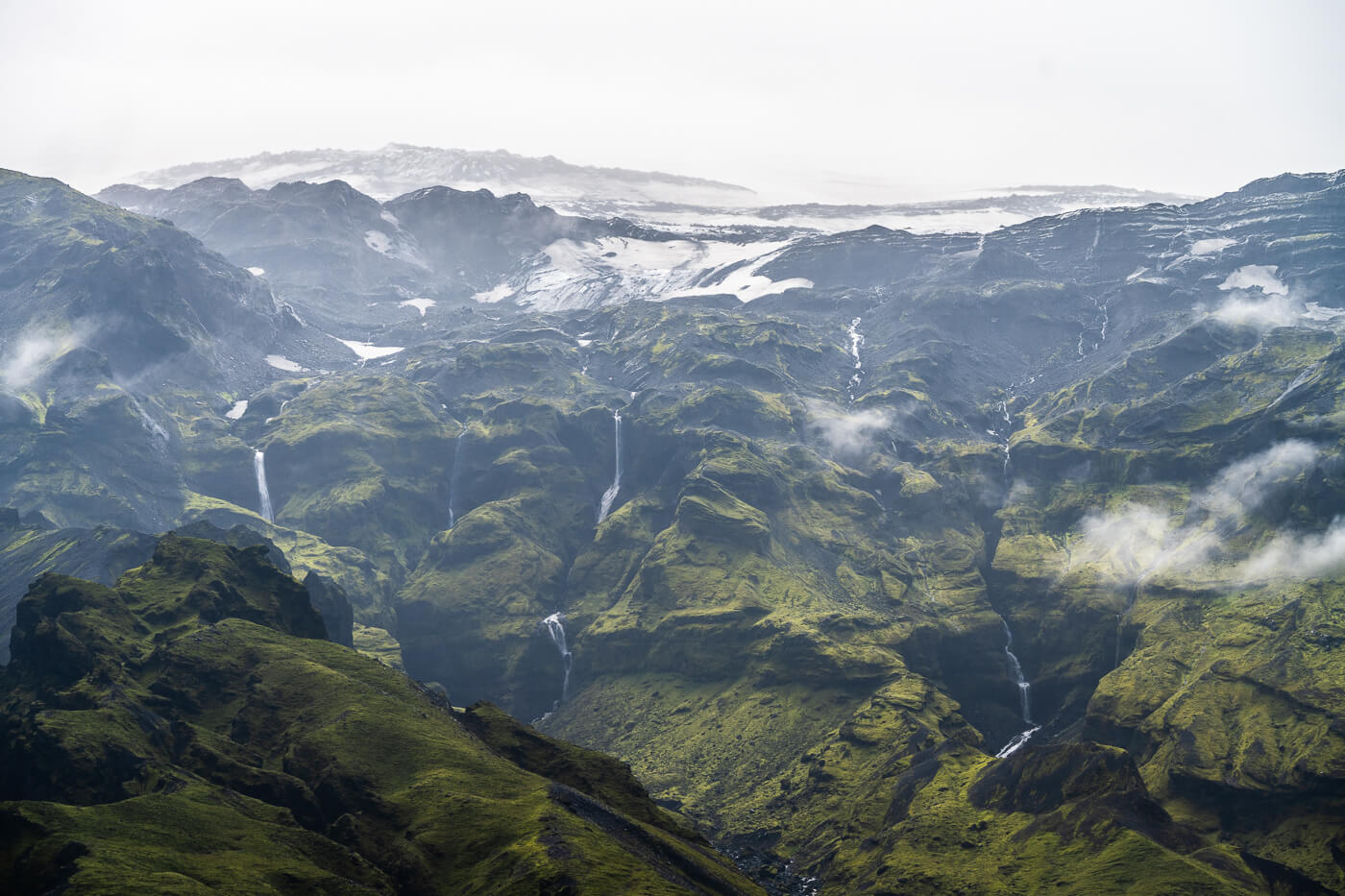
Glaciers and Waterfalls near Þórsmörk. 1/160 sec., 120mm, ISO 64, f/8.0.

Fagrifoss. 1/60 sec., 28mm, ISO 64, f/8.0.

Kalfshamarsvik. 5.0 sec., 35mm, ISO 64, f/8.0. Long Exposure taken with a BW ND100 filter.
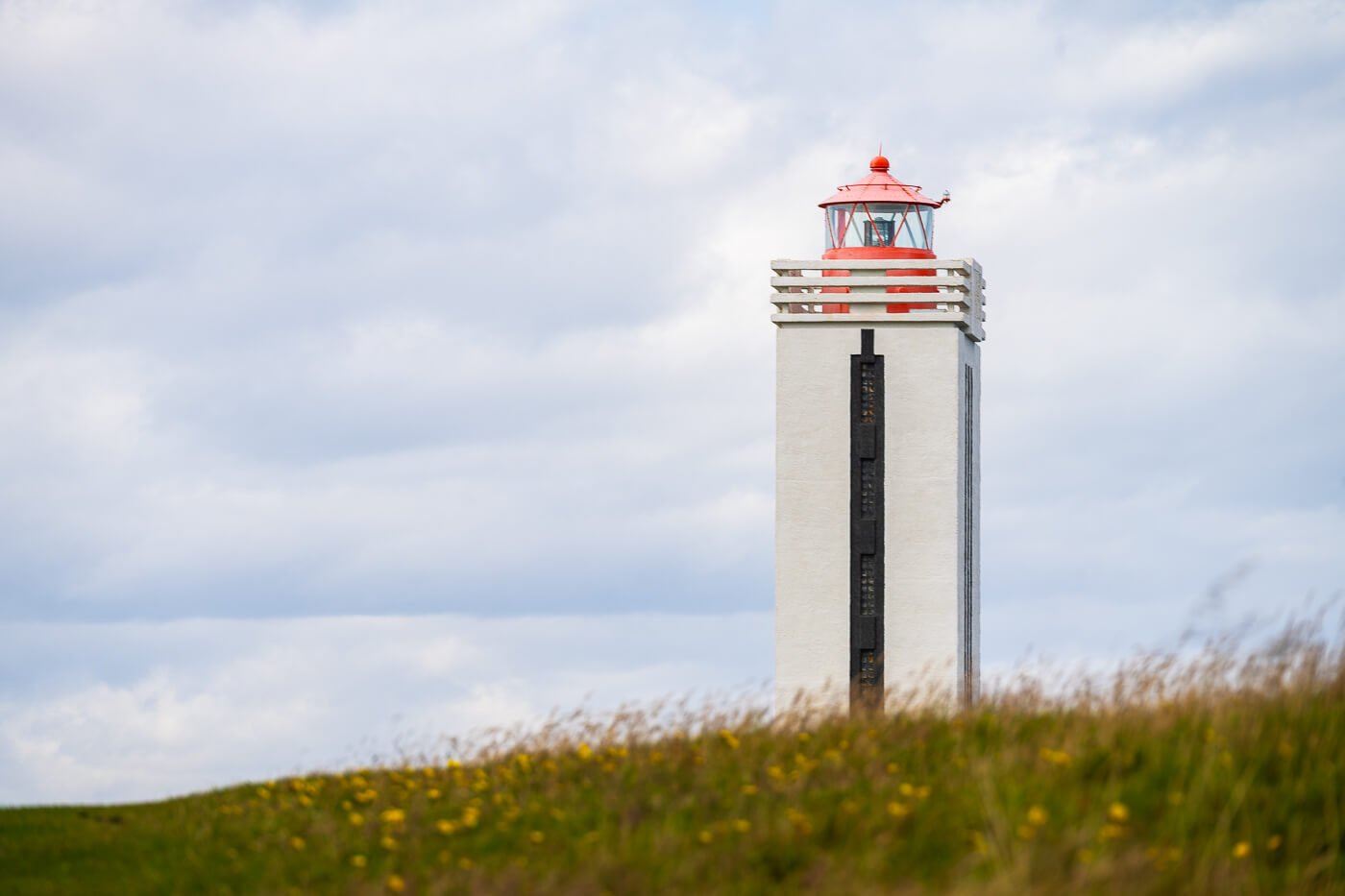
Kalfshamarsvik. 1/160 sec., 220mm, ISO 64, f/8.0.
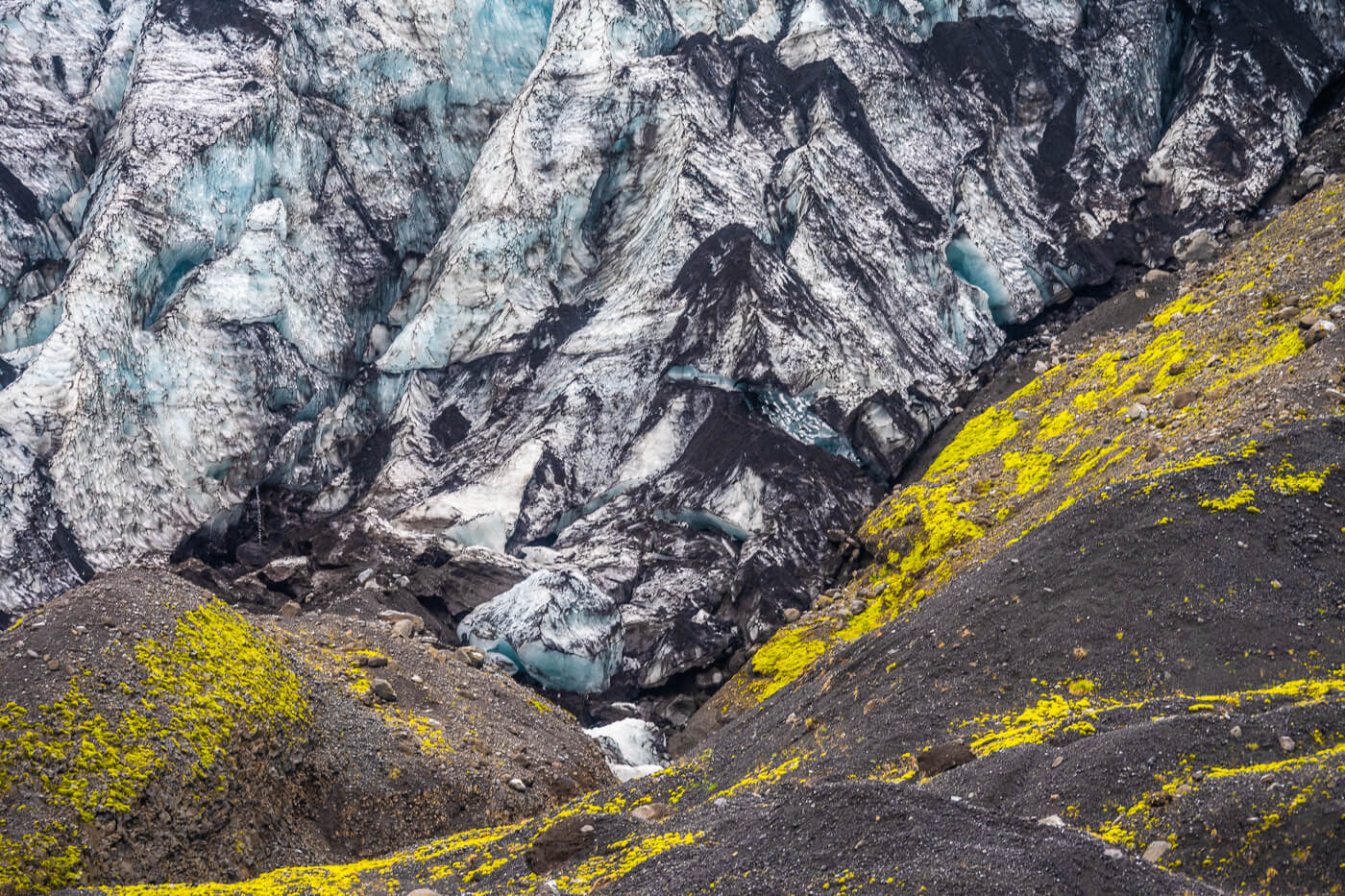
Gígjökull, Þórsmörk. 1/60 sec., 210mm, ISO 160, f/8.0.
In the end, I was able to answer all the questions I had in mind about this lens. As a do-it-all lens, it’s great if you hike a lot; the extra range is invaluable, especially considering its weight, and I could see myself owning one.
Image Quality
Image quality is absolutely fine, actually better than expected. After all, I kept it on as the default lens for my last trip to Iceland. That’s not something I would have done if I weren’t happy with it.
The Lens is surprisingly sharp, especially up to 200mm. No noticeable vignetting, also with the polarizer on, even compared with my 24-70 f/4. Apart from that, not much to report on image quality, either good or bad.
As you can see, especially from the Puffin photos, even on the longer range and relatively high ISO, the lens does its job without issues. The lens is perfectly fine for what it is.
Weaknesses
The weakest point for this lens is the f/8, even for landscapes. Being a variable aperture lens, anything above 200 is minimum f/8 by default. This makes shooting at the longest end challenging in poor/darker conditions, especially if you are not using a tripod. If you also use a polariser, you’d need to use longer exposure times compared to a lens that has a wider aperture.
Unless you have extremely steady hands or a very good technique, anything below 1/60 is at risk of being blurry from 200 upwards. At least, it was the case for me. Any small movements, shakes, or wind can make the picture slightly blurry at that shutter speed.
To prevent this, you can either increase the ISO to use a faster shutter speed or use a tripod if you already have one. On the other hand, these would be shots you could not take without this lens.
Key Values
What I found this lens to be great for is the opportunities it opens in terms of details and compositions. By details, I mean how it allows us to single out details in a vast landscape and to come up with unique compositions of such features.
You can sort of reach what otherwise would be unreachable, so to speak. By that, I mean taking photos of features and isolating part of the landscape that you would not be able to photograph in any other way. This applies to both the more standard landscapes and the more abstract ones. This is where I think the best value of this lens is.
As photographers doing landscapes, the extra range opens up plenty of creative opportunities. If you ask me, this is invaluable. Apart from that, the lens is very fun to use. It’s just “shot-and-go”.
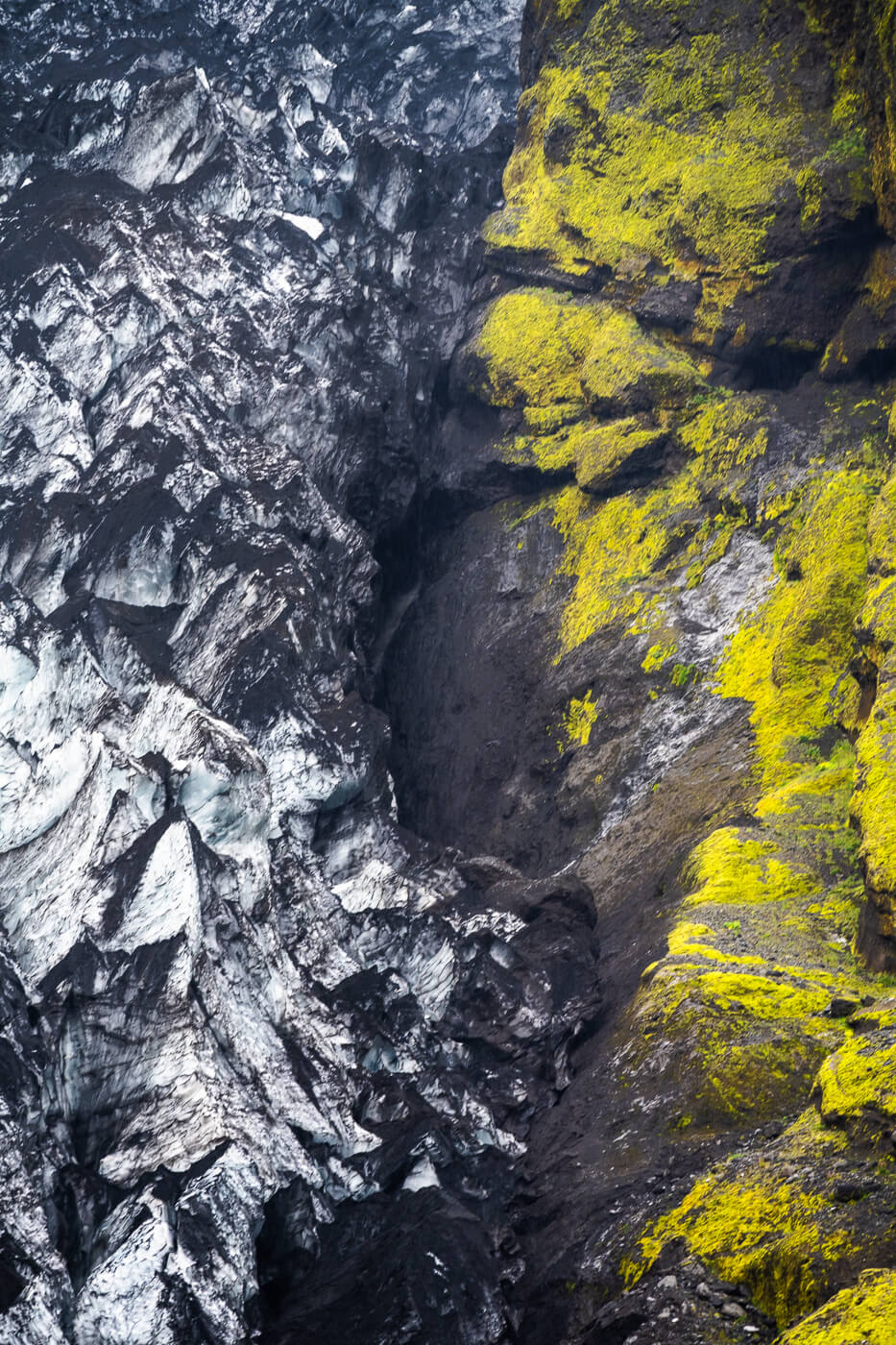
Gígjökull. 1/60sec, 280mm, ISO 160, f/9.0.
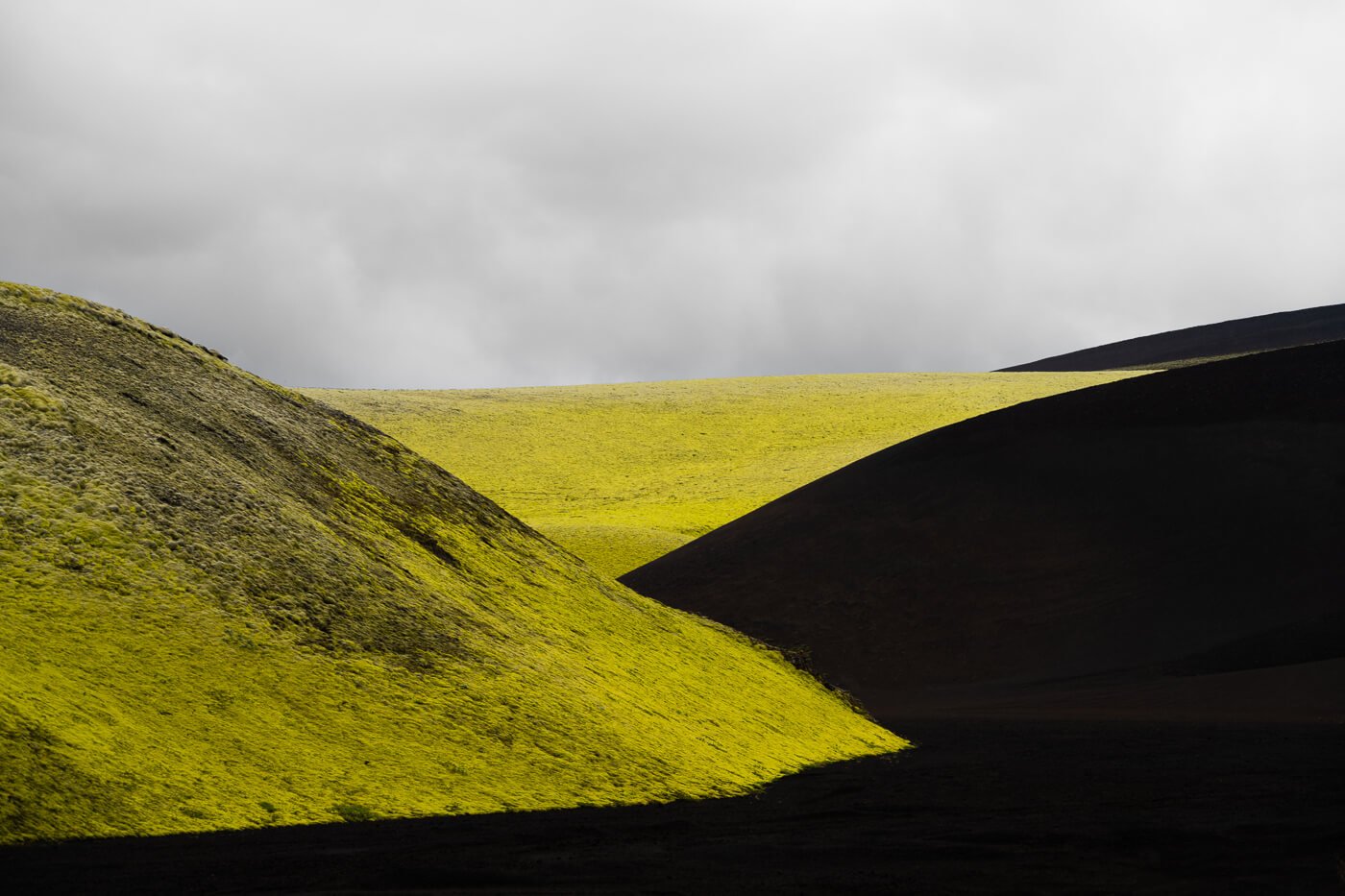
Around Laki. 1/100 sec., 130mm, ISO 125, f/8.0,
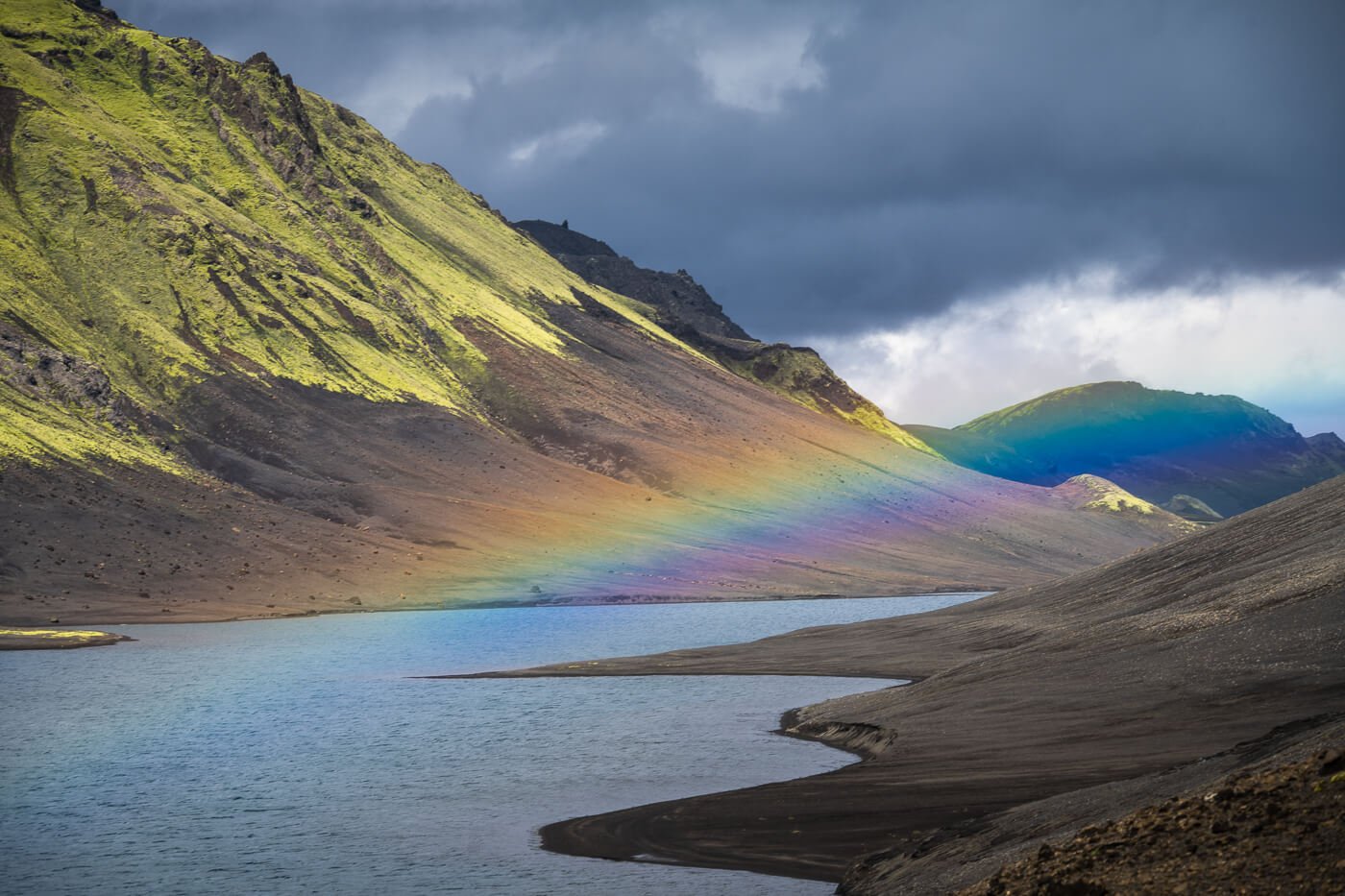
Langisjór. 1/200 sec., 125mm, ISO 64, f/8.0.
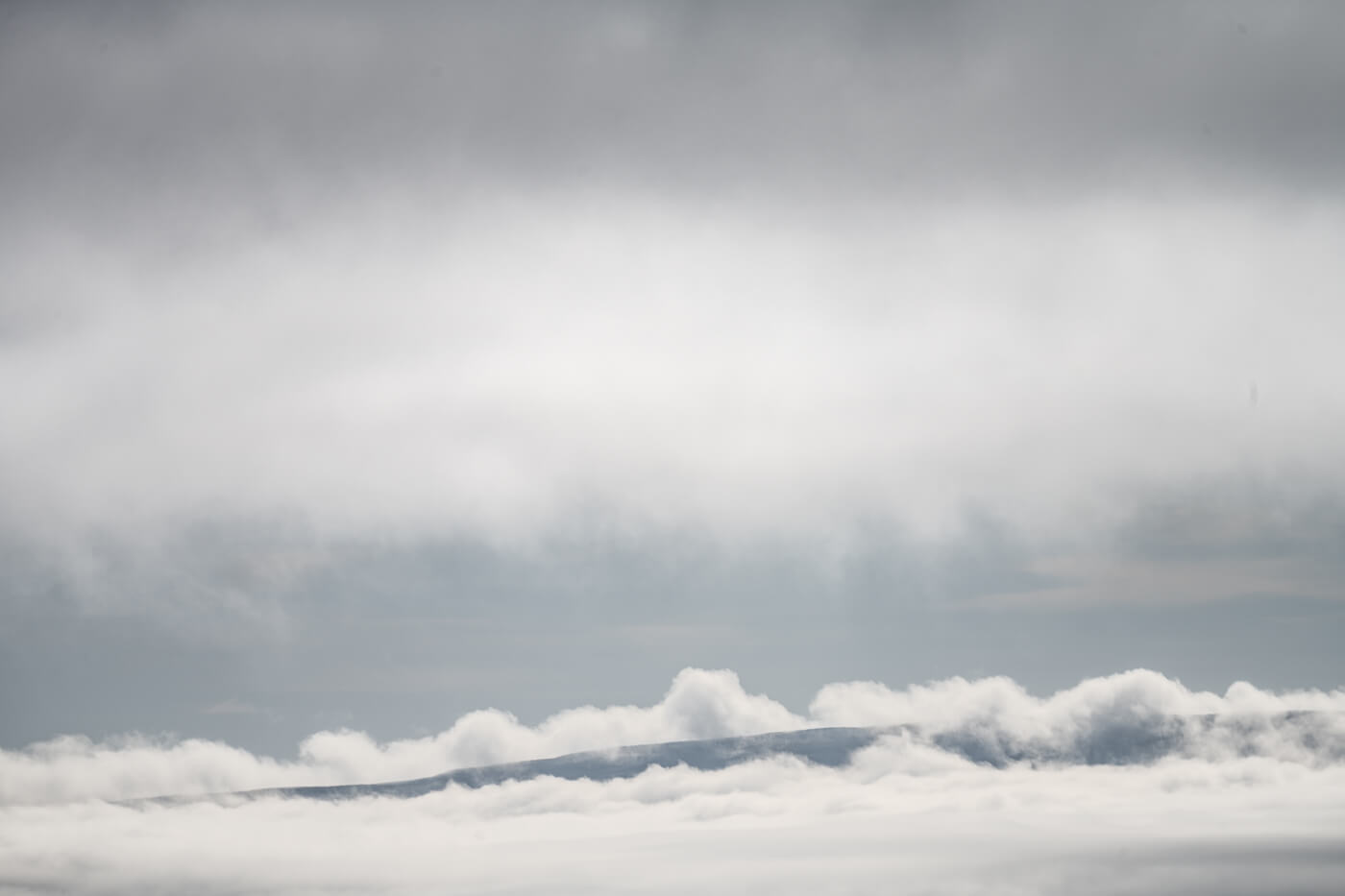
Somewhere in North Iceland, Westfjords. 1/320 sec., 400mm, ISO 64, f/8.0.
On top of that, if you spend a lot of time hiking up and down mountains, the weight and space savings this lens provides in combination with its range are hard to ignore. This is true whether you intend to use it as a single do-it-all lens or as an additional option in a larger lens collection.
Final thoughts on the Nikkor Z 28-400
This lens put a smile on my face. It’s the lens I used the most on my trip, and replaced the 24-70 mm as the default lens on my Z7II. It’s refreshing to use your camera without having to change lenses often. It’s just more time shooting and less thinking. And, considering the weight, it’s a great option if you want a longer reach and are ok with 28mm on the widest side.
It’s an excellent walk-around lens for landscape. A bit narrow on the wide side (28mm), but you can combine that with another wide, lightweight lens, like the 14-30mm, if weight savings are what you are after. That would be a great combination to cover everything from 14mm to 400 with just two lenses, especially for multi-day or long-distance trails where weight savings are most important.
In the end, I think the practicality of such a lens far outweighs any of its potential drawbacks.
Additional resources
- Shop for this lens on Amazon. If you enjoyed this free review, your Amazon purchase will earn me a small commission at no additional fee for you, which helps maintain the website.
- Check out also my review of the Nikkor Z 70-200 f/2.8.
- View the full list of specifications and technical details on Nikon’s website.

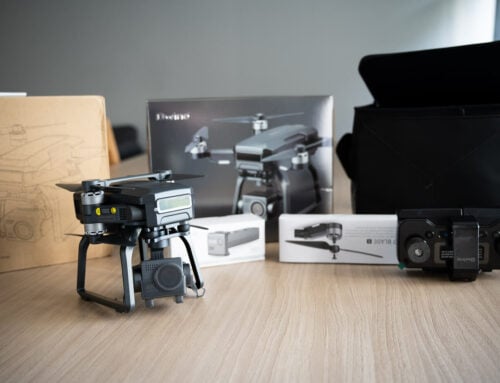
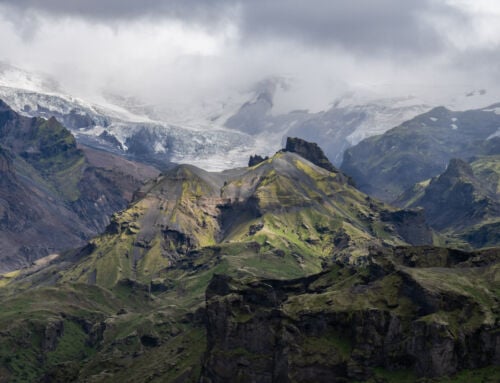
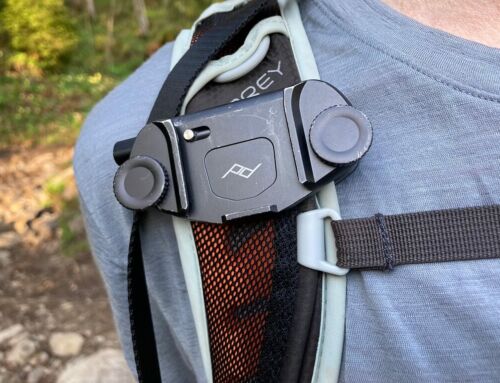
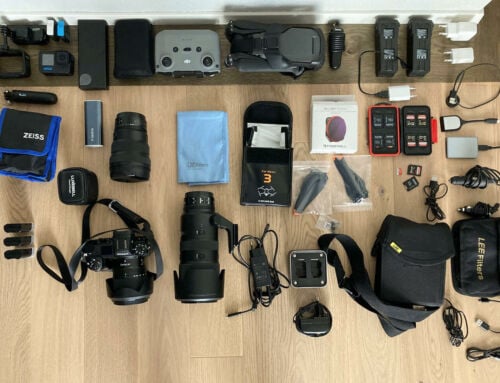
Leave A Comment